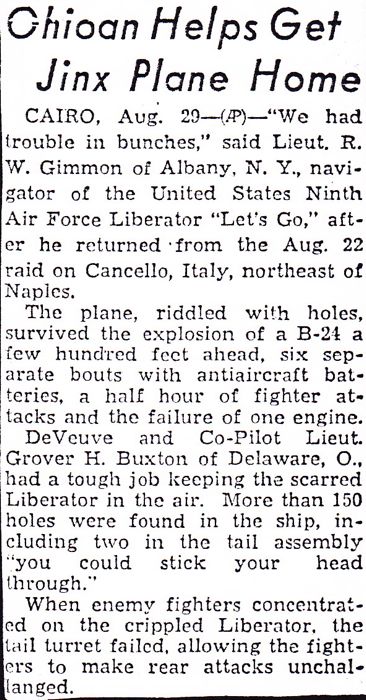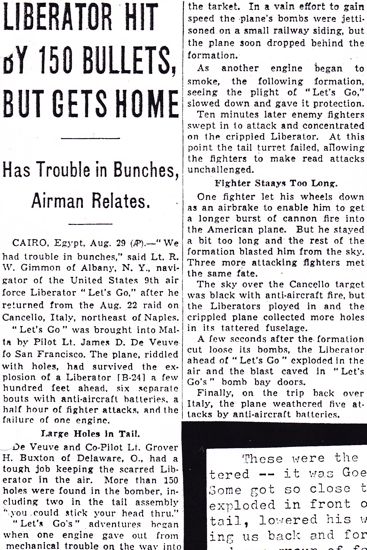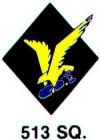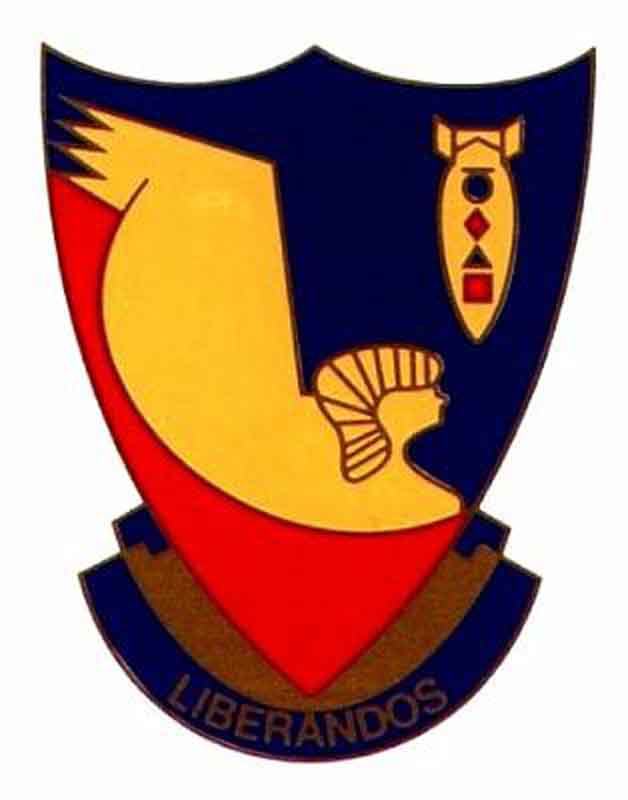Grover Buxton the mission of August 21, 1943

Mission to Cancello, August 21, 1943. Old King Solomon was a sorry old wreck. It was the most ancient ship in our squadron; its battle scars had been patched over and over again, it had crashed once, the gas tanks leaked, the electrical system was faulty, and the less said about the engines, the better. Our engineering officer had tried to give the ship to other groups after they had suffered heavy losses, but no would have it. Twice my crew had flown with Solomon, and twice we had to turn back with a bad engine (or two).
The day we had the worst luck was August 21, 1943. The target was Cancello, a town 20 miles east of Naples which, since the bombing of the Naples railroad yards, had become the most important rail bottleneck in the Nazi supply system in southern Italy. Our course was planned so that we would avoid the Naples defenses, and as Cancello reportedly had few guns of its own, the only real danger was expected from fighters.
Trouble started soon after takeoff. Ralph Talas, the bombardier, smelled smoke, and fire it was -- right beneath the flight deck where there was a short circuit in the electrical system. Engineer Rudy Stellar was not one to waste time on halfway measures, so to put out the fire, he cut the offending wires. That worked, but it also cut off every other electrical device on the plane. Later the wires were reconnected, but the electrical system never again was up to par.
The strain of climbing to altitude proved to be too much for #3 engine, and when it developed delirium tremens, we regretfully shut it off and increased the power settings on the remaining three. Normally, loss of an engine before the target would be cause for returning to base, but this time, we could see enemy fighters gathering ahead and thus had AO desire to fly alone. Our only choice seemed to be whether we would be shot down over water or over land. Being better walkers than swimmers, we chose the land and stayed with the group. Ralph dropped his bombs on a coastal rail line in an effort to gain a little speed, but even so we gradually dropped behind.

Twenty minutes later, we were over the target going full speed and cutting inside turns whenever possible to stay with the group. The sky ahead was full of planes, both friendly and unfriendly and the flak, though light, was very accurate. Now we were past the target with the formation strung out more than a mile, and we could see the leader start a sharp turn to the right. I figured he was just turning in towards fighter attacks and would presently turn out to sea again; but instead of taking the group home, he led us on a sightseeing tour of Naples.
Right over the harbor, we turned and all 140 of the Naples guns let go at once. A ship just under our right wing was blown up by flak --bombs and all-and the blast nearly knocked us out of the sky. Now #4 engine began smoking, so we reduced the power as much as we dared and on around we went trying to catch up and firing back at the fighters with all guns. The blast had shaken Old Solomon so much that all were convinced that we had a great gaping hole in the belly or that some vital part had been blown away. But still she flew on as if to punish us more before dumping us out over Mt. Vesuvius.
As we left the target for good and headed out to sea, we were pulling 75 inches and 2500 rpm. We kept calling the formation asking them to go slower, all the while another ship was urging them to go faster. Now we were alone, nearly a quarter mile behind everyone else, and 12 fighters closed in for the kill. On their first pass, they came close enough for us to see their yellow noses, Both our top gunner and tail gunner reported guns out of action, and as fighters climbed for a second attack, an element of the 98th heard our distress call and fell back to cover us. Jim (DeVeuve, pilot) took up the diamond position, and all four ships returned fire. Our gunners claimed two kills, and the protecting ships accounted for three more while Old King Solomon sustained quite a bit of damage. Shortly after we left the coast, the attack ceased although seven enemy planes followed us a while, probably expecting us to straggle because of the feathering engine.
Our ship was too badly damaged to attempt the three hour trip back to Benghasi, so we landed on Malta. Only then could we total up the damage and find over 120 sizeable holes in all - including 8 in the engines and 70 in the tail (some of which would have accomodated a football), a hole in the bomb bay tank, and a prop blade that had been gounged out to the depth of over an inch by a cannon shell. In addition, the bomb bay doors were buckIed, the rudder trim bar was cut in two, the elevator trim cable was cut, the right wing was warped from a shell that had exploded inside it, and there was a large flak hole in the nose glass. Tail gunner Louie Arriza found why he had a headache and felt so weak -- his oxygen line had been shot away at the beginning of the attack, and he was over an hour at altitude without oxygen.
Old 49 would never fly in combat again and may even now lie rusting in Khadaffi's desert.



The website 376bg.org is NOT our site nor is it our endowment fund.
At the 2017 reunion, the board approved the donation of our archives to the Briscoe Center for American History, located on the University of Texas - Austin campus.
Also, the board approved a $5,000 donation to add to Ed Clendenin's $20,000 donation in the memory of his father. Together, these funds begin an endowment for the preservation of the 376 archives.
Donate directly to the 376 Endowment
To read about other endowment donation options, click here.
Reunion
NOTE change in the schedule !!
DATES: Sep 25-28, 2025
CITY:Rapid City, SD
HOTEL: Best Western Ramkota Conference Hotel; 2111 North LaCrosse St., Rapid City, SD 57702; 605-343-8500
Click here to read about the reunion details.



















